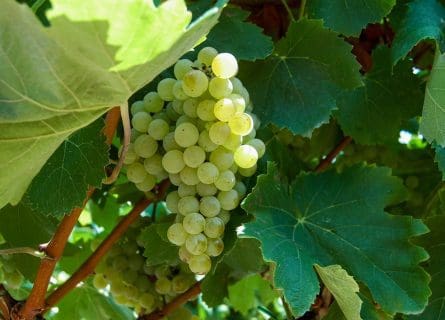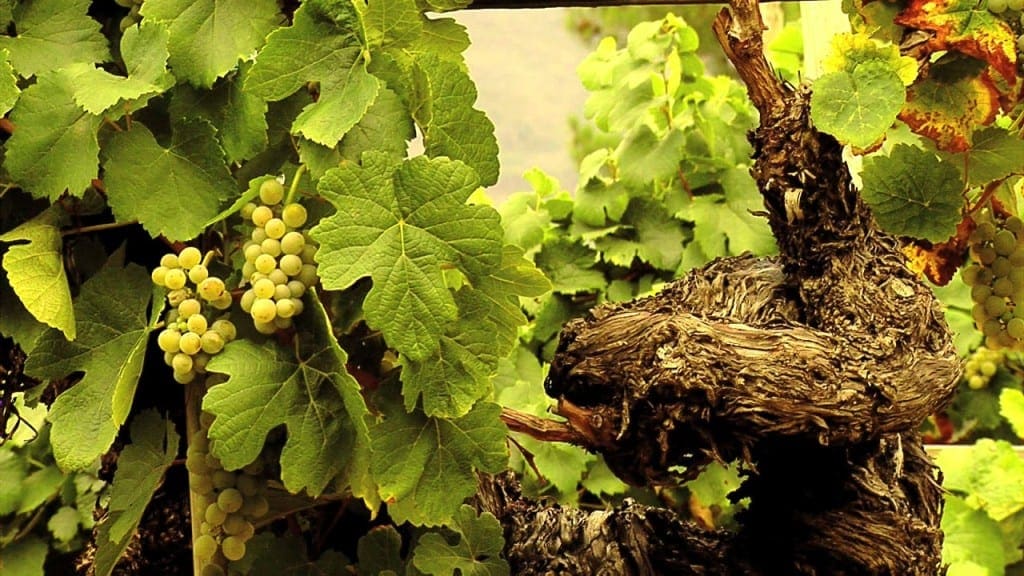
Viura Grape Variety: Spain’s Most Versatile Grape
July 16, 2022
Discover Viura: Rioja's Prominent White Grape & Catalonia's Macabeo. Explore its versatility in exquisite wines. A must-read for wine enthusiasts.
By: Genevieve Mc Carthy / Last updated: April 9, 2024
Estimated reading time: 6 minutes
It is truly remarkable how, until recently, two exceptional and increasingly popular white grape varieties – Godello and Albariño – cultivated in the enchanting region of Galicia, northwest Spain, remained relatively unknown. Local growers and Spanish connoisseurs have long praised their remarkable qualities. Still, it is only in the past decade that wine enthusiasts worldwide have enjoyed experiencing these aromatic, delightful, and refreshing wines. As exports continue to rise, a new generation of wine drinkers will soon discover and fall in love with Spain’s captivating response to the global craze for Kiwi Sauvignon Blanc.
Guide to Galicia Wine Region: Read more

The exact origins of Albariño and Godello grapes are subject to debate. However, some oenologists, including advocates like Miguel Torres, suggest that Albariño was brought to Galicia from the vineyards of the Rhine and Mosel regions by German Monks in the 12th century. This hypothesis gains credibility because Albariño translates to “The Rhine white” in Spanish. The Rias Baixas region in western Galicia is the natural habitat of Albariño, comprising five distinctive sub-zones: Val do Salnes, O Rosal, Condado do Tea, Soutomaior, and Ribera do Ulla. Godello, on the other hand, is predominantly cultivated to the west of the town of Ourense in the Ribeiro and Valdeorras regions. Many believe that the finest expressions of Godello wines originate from the Valdeorras D.O (appellation), where extensive replanting with Godello vines occurred in the 1970s.
The comparisons above between Albariño, Godello, and the beloved Sauvignon Blanc hold true to a considerable extent, as all three varieties can yield aromatic and captivating wines with varying degrees of fruitiness. Like Kiwi Sauvignon Blanc, most of their character and fruitiness develops during their youth, although recent experimentation with barrel aging and lees contact has been on the rise. It should be noted that an aged Albariño often loses its vibrancy and complexity, whereas Godello can successfully age for several years.
However, in terms of flavor profile, Albariño shares similarities with Riesling, while Godello typically exhibits good acidity, soft fruit flavors, and a spicy bouquet. Its structure can be likened to Chardonnay, allowing winemakers to accentuate specific flavors or aromas according to their vision. These grape varieties perfectly complement exquisite seafood and delicate fish dishes – they are divine when paired with scallops or sea bass!
Naturally, the quality of these wines can vary, but the most reputable producers consistently craft outstanding wines that showcase class and distinction.
One of the undisputed Kings of Godello production, winemaker Rafael Palacios has crafted a Godello to rival the world’s finest white wines. Vinified and matured in oak foudre from Normandy, this example from the Valdeorras region shows high complexity, elegance, and finesse. Expect tropical fruit, a smooth texture, and a smoky finish!
Bodegas website: Read more
This beautifully balanced and clean Godello from the Valdesil winery shows lovely citrus and pineapple fruit, underpinned by that dependable Godello freshness and acidity. Light, elegant, and moreish—what more could you ask from a white wine? Try it with squid or mussels.
Val de Sil website: Read more
Today, this small, family-owned estate produces some of Galicia’s best Godello from the Ribeira Sacra region. Owner/winemaker Antonio Lombardía takes meticulous care of his vineyards, crafting an unoaked but weighty Godello that displays peach fruit and almond characteristics—smooth, aromatic, and delicious.
Almadasdonas website: Read more
An energetic, crisp, pungent Godello from the respected Godeval estate in Valdeorras. The 2011 vintage displays complex citrus, grapefruit, lanolin, and spicy herbal notes – a vibrant wine with a durable mineral finish—a brilliant accompaniment for salmon or Asian cuisine.
Godeval website: Read more
Telmo Rodriguez is one of Spain’s superstars, making excellent wines in many of the country’s best wine regions. His recent foray into Godello production is already giving spectacular results: 2011 is a serious, fleshy wine of real depth and complexity. Expect floral, pear, citrus, and lemongrass notes.
Telmo Rodriguez website: Read more
Galicia’s long-established Albariño pro – the so-called father of Albariño – Santiago Ruiz releases excellent and great value Albariños from its superior vineyards in the Rias Baixas zone year after year. The 2011 is another superb example: floral aromas are complemented by the palate’s wonderful citrus, apple, and pear flavors – Delicious with Shellfish.
Santiago Ruiz website: Read more
Undoubtedly one of the finest estates in Galicia today, Adegas Galegas, was established relatively recently in 1995 and continues to produce top-class wines. The 2011 is aromatically sophisticated, balanced, and refined, with powerful green fruit and mineral flavors.
Adegas Galegas website: Read more
Fillabao was established in Galicia many decades ago and is today a consistently impressive producer of pungent, crowd-pleasing Albariño from their 70 hectares of vineyards. Even in weaker vintages, these wines are dependable, displaying classic pineapple, apple, and citrus notes.
Bodegas Fillaboa website: Read more
A widely awarded family business that produces excellent quality wines at affordable prices. Much investment has been put into the bodega, and it shows that the wines have been steadily becoming more impressive over the last ten years. Their 2011 Albariño is a bright, fresh, modern example from the region, offering intense grapefruit, citrus, and rose petal aromas. An all-time classic.
Martin Codax website: Read more
A family firm dating back to the 1920s, Zarate makes a range of Albariños, including the thoroughly modern and stylish Tras da Vina, which is subject to over 25 months of lees aging. This practice is becoming increasingly fashionable. It is an unusually rich and complex Albariño, with yeasty notes and a creamy texture that complements the classic citrus fruit.
Zarate website: Read more
If you would like us to customize an exclusive luxury tour, contact us and let us know your travel plans. We offer luxury food and wine tours for private groups of a minimum two guests. In addition, all of our private, chauffeured tours are available year-round upon request.


Les wilsonsays:
April 6, 2020 at 10:35 pm
I am a lover of godello and alberino wines and drink a lot in U.K. You show 5 godello wines, could these be purchased through an agent
via collinssays:
September 19, 2013 at 6:23 pm
Day one on a Spanish trip, and I hit paydirt at first lunch. At Bardot, which I recommend highly, I ordered the Valdesil 2011 to accompany my arroz de mariscos. Both were tear-inducingly good. I need more of this grape in my life!
Mary O'Connorsays:
August 12, 2013 at 7:09 am
Great picks on the Godellos...I'm a big fan of the grape variety and especially love your top two picks, the Louro do Bolo and the Valdesil.
Maria Roddysays:
August 8, 2013 at 3:56 pm
Could we find some of these in the USA?